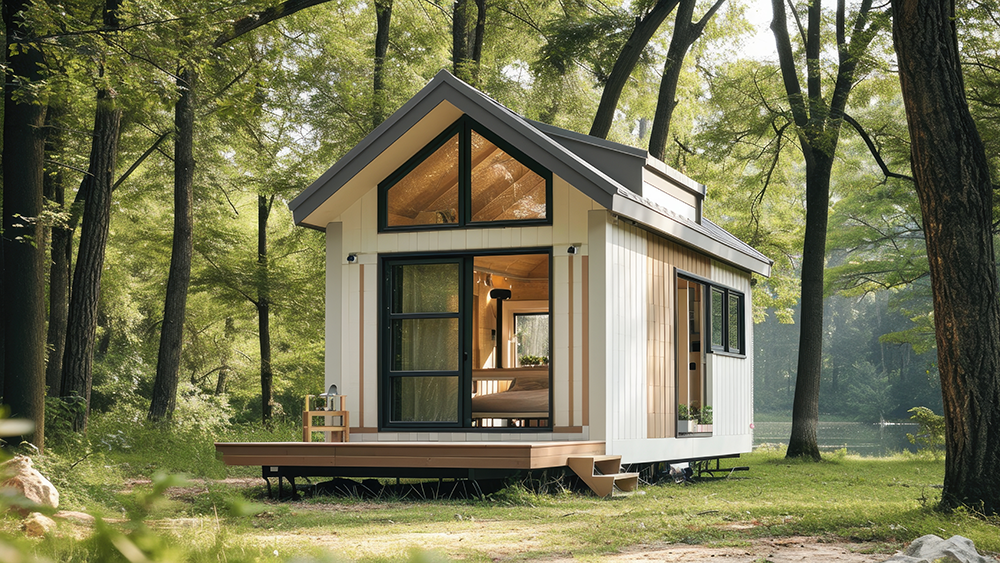By Colin Lewis, Head of Strategic Advice, Fitzpatricks Advice Partners
September 2025
If you sell a property resulting in surplus cash to invest, there’s no better place than the low/no tax environment of superannuation.
You could make an after-tax (non-concessional) contribution provided your total super balance at 30 June 2025, was less than $2 million.
If you’re facing a capital gains tax (CGT) bill from the sale, consider making a personal deductible (concessional) contribution.
To claim a tax deduction from age 67, you must meet the work test (40 hours of gainful employment in 30 days) or work test exemption (work test met last financial year; total super balance at 30 June 2025, less than $300,000; not previously claimed).
Older Australians cannot make voluntary contributions once they’ve passed 28 days after the end of the month in which they turn 75 – with one exception.
The one exception
Where you sell your home and you’re aged 55 or more, you may be eligible to make a ‘downsizer contribution’.
A downsizer contribution can be made regardless of how old you are, e.g. age 80, or how much you have in super – there’s no total super balance test as it’s not a non-concessional contribution.
Be aware that if you’re under age 65 it will be ‘preserved’, i.e. not accessible, like any other contribution until you meet a ‘condition of release’ – generally retirement from 60.
Making a downsizer contribution must arise from the disposal of a property in Australia that was owned by you or your spouse for a continuous period of at least 10 years.
Importantly, the property must qualify – or for a home acquired before September 20, 1985, would have qualified – for the CGT main residence exemption in whole or part.
So, the property must have been your main residence at some stage, but doesn’t need to have been your home when you sold it, nor does it need to have been your home for 10 years.
The amount you can contribute will be the lesser of the sale proceeds or $300,000 – couples may contribute up to $600,000.
The contribution must be made within 90 days of change of legal ownership, i.e. property settlement.
Don’t let the name fool you
A downsizer contribution may be made where you’ve sold your home to buy a bigger one, if in fact you buy another property at all – you could be renting, or moving into an investment property, or holiday home, or even into aged care.
You don’t even need to have sold the place you’re living in – you could have sold another property that was once your home.
Each member of a couple may be eligible to make a downsizer contribution even if only one is on title but the spouse not on title must still meet the requirements, including having lived in the property.
A lot to consider before jumping in
Whilst you may be eligible to make a downsizer contribution, it doesn’t necessarily mean you should – it depends on your circumstances.
For senior Australians receiving the Age Pension, your home is an exempt asset, but amounts in super are ‘deemed’ under the income test and counted under the asset test. A downsizer contribution could reduce, or even eliminate, your pension.
Self-funded retirees need to consider the Commonwealth Seniors Health Card. Starting a pension from a downsizer contribution will result in loss of the card – which provides benefits including cheaper medicines under the Pharmaceutical Benefits Scheme – where deemed income from that pension and other assessed income exceeds $101,105 a year for singles, $161,768 for couples and $202,210 for couples separated by illness. Retaining the contribution in accumulation phase will not impact the card.
Nobody likes losing government benefits.
You only get one bite of the apple
If younger and likely to end up with a lot in super, consider when to make a downsizer contribution because once you’ve made it you cannot make another from the sale of another home.
So, if you’ve sold your home and make a downsizer contribution now, you cannot make another one in the future – should you otherwise qualify – when it really could be useful because your total super balance at that time prevents you from contributing.
A downsizer contribution increases your total super balance and, in the future, if it’s more than the general transfer balance cap (TBC) at that time, you won’t be able to make a non-concessional contribution.
Whereas if you make a non-concessional contribution now from the sale proceeds (instead of a downsizer contribution) and in the future your total super balance is more than the general TBC, you may be able to make a downsizer contribution.
So, where there’s a chance of qualifying in the future – average homeownership is around 10 years with cities like Sydney having longer average tenures – it could be worthwhile saving the opportunity to make a downsizer contribution until then.
Assuming of course the rules don’t change – don’t laugh!
You don’t have to worry about this if your super will never be more than the general TBC (currently $2 million). But say you inherit a death benefit pension from your spouse’s super after they die which pushes your total super balance to a point where you’re ineligible to get large amounts into super, then a downsizer contribution could be useful.
So, you may want to ‘keep your powder dry’ for when it may really come in handy.
A downsizer contribution can boost your super especially where you’re otherwise ineligible to contribute due to age or having too much in super.
If you’re selling a property that was your home which you (or your spouse) owned for at least 10 years and end up with surplus cash to invest, then super may be the way to go – but only if it works for you.




